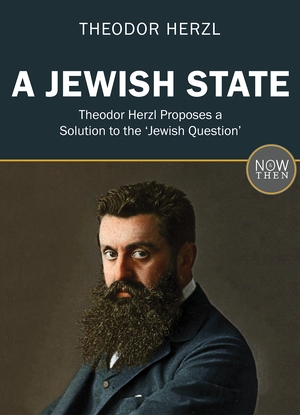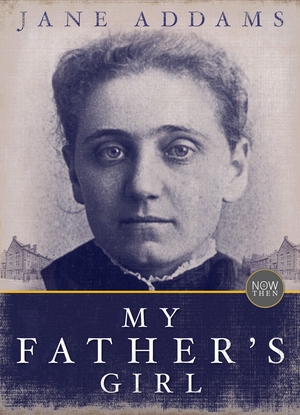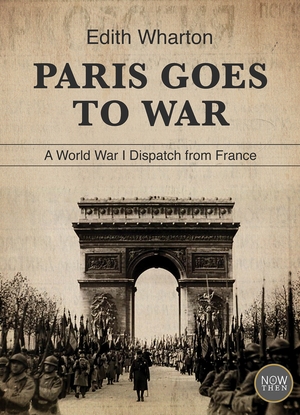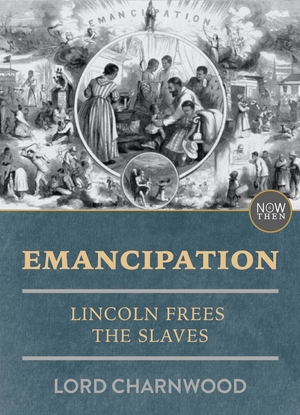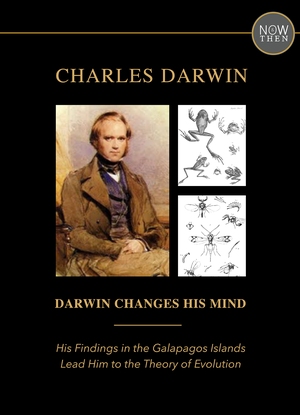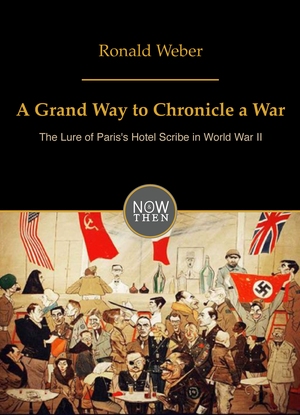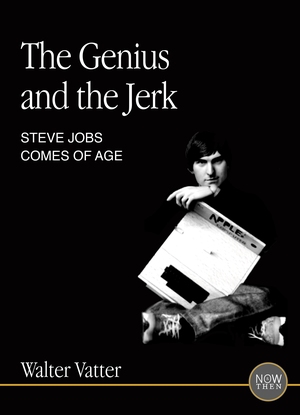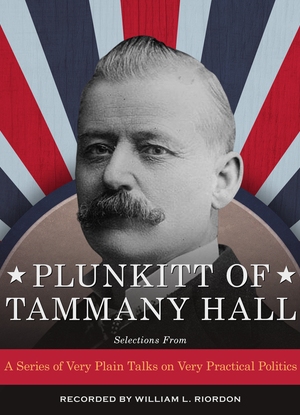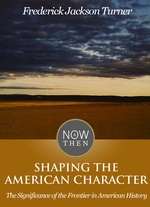The Spark in the Tinderbox - Preview
Assassination in Sarajevo and the Onset of the Great War
by Christopher Clark
THE SPARK IN THE TINDERBOX
On the morning of Sunday, 28 June 1914, Archduke Franz Ferdinand, heir apparent to the Austro-Hungarian throne, and his wife Sophie Chotek von Chotkowa and Wognin arrived by train in the city of Sarajevo and boarded a motorcar for the ride down the Appel Quay to the City Hall. There were six vehicles in the motorcade. In the leading car were the mayor of Sarajevo, Fehim Effendi Čurčić, dressed in a fez and a dark suit, and the Sarajevo police commissioner, Dr. Edmund Gerde. Sitting behind them in the second car, a splendid Graef und Stift sports coupé with the roof rolled back so the passengers could be seen by the crowds of well-wishers lining the streets, were the archduke and his wife. Opposite them on the folding seat sat General Oskar Potiorek, governor of Bosnia. Sitting in the passenger seat at the front beside the driver was Lieutenant-Colonel Count Franz von Harrach. Behind them followed three further cars carrying local policemen and members of the archduke’s and the governor’s suites.
A picturesque view unfolded before the couple as the motorcade swung on to the Appel Quay, a broad boulevard that runs along the embankment of the river Miljačka through the center of Sarajevo. On either side of the river, which gushes from a gorge just above the town to the east, steep hills rise to a height of over 5,000 feet. The hillsides were dotted with villas and houses standing in orchards. Further up were the cemeteries with their glowing spots of white marble, crowned by dark firs and buffs of naked rock. The minarets of numerous mosques could be seen rising from among the trees and buildings along the river, a reminder of the city’s Ottoman past. At the heart of the town just to the left of the Appel Quay was the bazaar, a labyrinth of lanes lined with shaded wooden booths backing on to warehouses of solid stone. Carpet traders, greengrocers, saddlers, coppersmiths, dealers in every craft, worked their trades here, each in their allotted quarter. A small house at the center of the bazaar dispensed coffee free of charge to the poor at the expense of the waqf, an Ottoman charitable foundation. The previous day had been cool and rainy, but on the morning of 28 June the city was bathed in hot sunshine.
